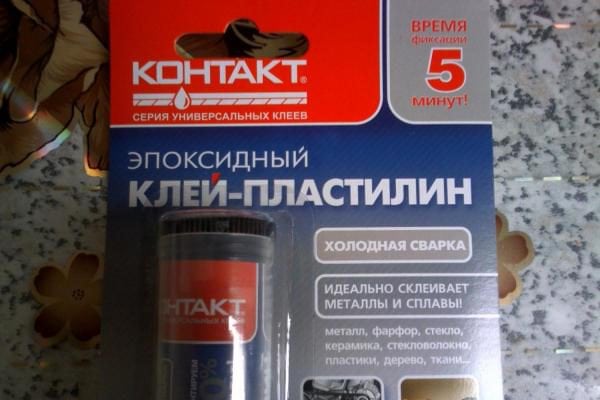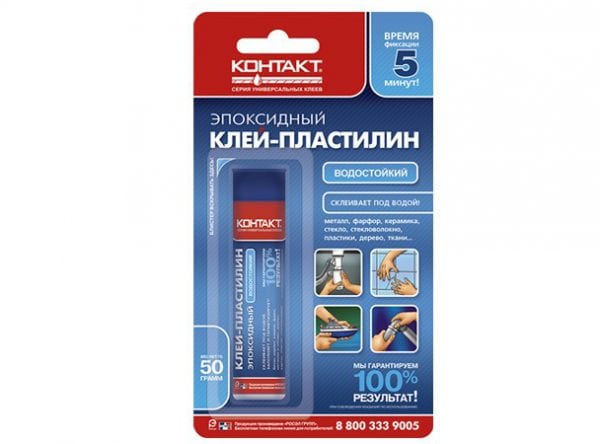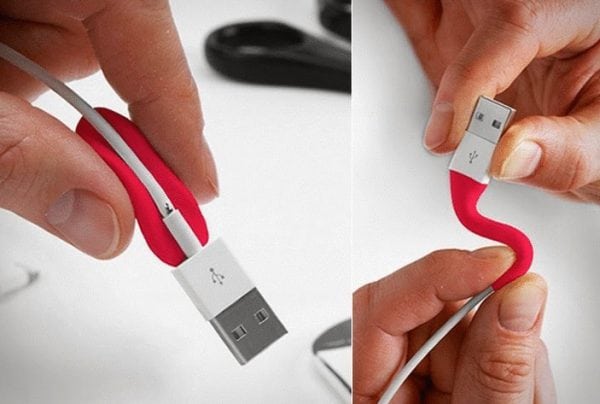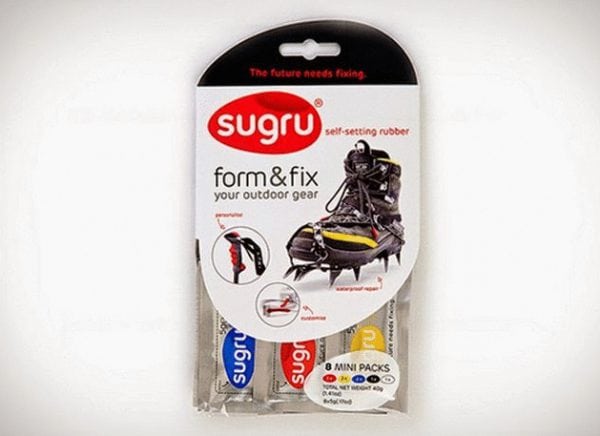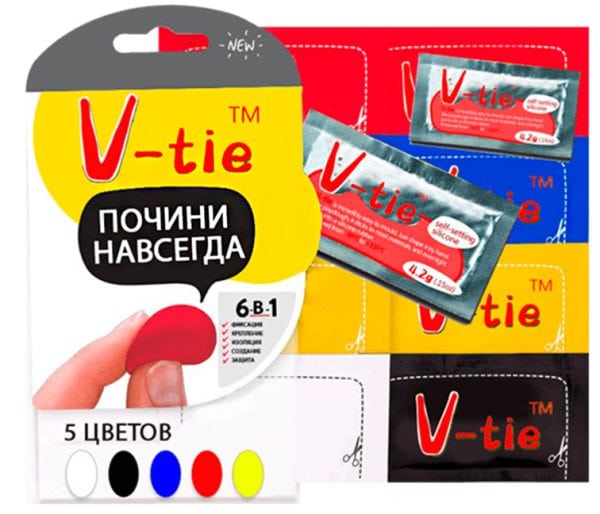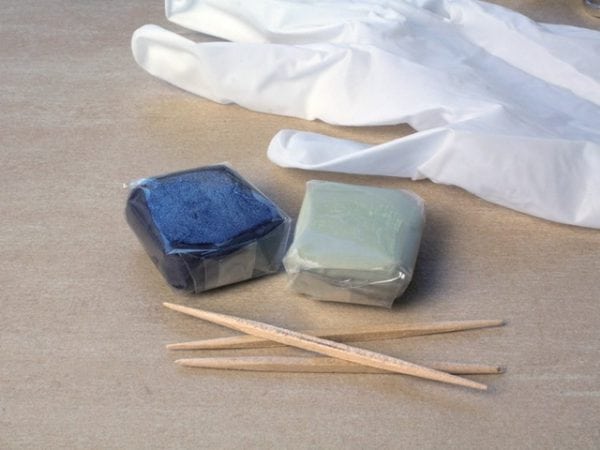Epoxy resin is part of various adhesives. Some of them have a liquid texture, others are more dense, viscous. A unique tool is considered to be epoxy plasticine - a high-strength, reliable material for bonding various surfaces.
- Epoxy adhesive-clay "Contact"
- Types of funds
- Glue composition
- Bonding materials
- Instructions for use
- Security measures
- Sugru plasticine glue and its analog V-tie

Epoxy adhesive-clay "Contact"
The epoxy mixture provided the basis for the manufacture of Contact clay, which is also called cold welding. In appearance, it is a gray plastic mass used for gluing different materials. Unlike hot welding, cold does not involve the use of high temperatures. Excellent adhesion and strong adhesion are ensured by the penetration of glue into the upper layers of the parts, their melting and strong adhesion to each other. When working with plasticine, it is important to strictly observe the rules for applying and preliminary surface preparation. If everything is done correctly, the Contact adhesive plasticine gives the joint no less durable than the metal itself. With poor preparation, the joint will be weak and will not last long.
The areas of application of plasticine epoxy are as follows:
- construction, gluing of products from reinforced concrete, concrete, wood, filling cracks, joining tiles;
- attachment of solar panels;
- repair of cars, boats, boats;
- household - restoration of shoes, souvenirs, furniture.
Epoxy adhesive has several advantages. The resulting seam is waterproof, elastic, resistant to chemicals, high and low temperatures.
The disadvantages include the impossibility of joining Teflon, polyethylene, silicone. Also a minus can be called the complexity of removing the product - it quickly hardens and is difficult to clean due to its high strength.
to contents ↑Types of funds
There are two types of Contact clay adhesive on sale, both of which can be used for gluing things and different objects in everyday life, at a construction site, in industry. Water-resistant epoxy plasticine is designed for the repair of products in high humidity conditions, for pipe repair and leak repair. The tool can even glue cracks and other defects under water.
The waterproof material is two-component - it includes a mass of polyepoxy resin and a hardener. Here are its main features:
- excellent restoration of the shape of the subject, filling in the voids;
- the ability to seal joints;
- resistance to household pollutants, fats, industrial oils, liquids;
- long service life;
- the possibility of machining the glue line.
After the glue hardens, the product can be operated at -40 ... + 150 degrees, this will not lead to destruction, cracking, crumbling of the gluing place. It is convenient to use the product - it is simply kneaded with fingers.
There is another type of glue on sale - Cold Welding plasticine. It was created for the repair of metal products and various alloys.Its properties are similar to those described above for waterproof glue, but in terms of resistance to the influence of water, it is not so effective. The temperature during the service of the glue can be -40 ... + 150 degrees.
to contents ↑Glue composition
Plasticine, in addition to epoxy, includes binders, plasticizers, modifiers. Polymercaptan, a low molecular weight polymer, acts as a hardener.
Bonding materials
Epoxy plasticine series products are excellent for bonding plastic, cardboard, alloys and metals (aluminum, stainless steel, iron, tin, bronze and others). They can also glue such materials:
- fiberglass;
- fiberglass;
- glass;
- china;
- ceramics;
- tile;
- faience;
- tree;
- polyvinyl chloride;
- a rock;
- concrete;
- brick;
- reinforced concrete.
Instructions for use
Before work, it is important to carefully prepare both glued parts. They must be completely cleaned of dust, dirt, degrease. For this purpose, you can use alcohol - technical, medical, acetone is also suitable. For ceramics, glass and other suitable materials, conventional detergents are used. Next, completely dry the surface. When gluing metal, stainless steel or alloy products, they are pre-treated with sandpaper. You can use another method of roughening the surface.
The procedure for working with epoxy plasticine is as follows:
- Separate the right amount of funds. It can not be broken off by hand, since it is possible to measure glue incorrectly, the dosages of resin and hardener will also be incorrect. Plasticine is cut with a sharp knife.
- Knead the product in your hands so that it mixes. Hands should be wet; gloves must be worn on them in advance. The mixing time is 2 minutes, the mass eventually becomes homogeneous.
- To apply means on the prepared surface which needs to be restored or repaired. Give the base the desired shape, repair the defect. If two parts stick together, then they are pressed together for 5 minutes. If repairs are carried out under water, then plasticine is smoothed until the leak stops.
It happens that repairs are carried out in conditions of cold air or water temperature. Plasticine in such a situation is not plastic enough, it does not flex well. It is better to put the tube in a container with hot water (60 degrees) for 5 minutes or hold it on a hot battery. Work with glue from the moment of mixing should be faster, its viability is 3-5 minutes. During the specified time, you need to have time to adjust the shape of the plasticine and the location of the parts.
to contents ↑An hour later, it is allowed to drill, sharpen, paint and clean the seam, if required by the master. The material is ready for full operation, resistant to water, oils and solvents.
Security measures
The epoxy composition must be protected from animals, children, it should be stored only in a place inaccessible to them. When working, be sure to wear gloves. In case of contact with skin, it is immediately washed with soap and water. Penetration of the composition into the eyes, allergic reactions that have occurred, severe irritation of the composition on the skin are indications for contacting a doctor. Plasticine should not be used for products that will come in contact with food.
to contents ↑Sugru plasticine glue and its analog V-tie
The new Sugru glue is a material that you can work with without tools, while everything is allowed to be repaired. The composition contains epoxy groups, polysiloxane, aminopropyltriethoxysilane and a number of other chemicals. The tool allows you to make protective shells, handles for pots, to fix a chip or defect in a few seconds. The material can be given any shape, as well as ordinary modeling clay.
It is possible to heat a product repaired by Sugru to +180 degrees.It will last for many months, while operation is allowed at temperatures up to -50 degrees. Tightness, water tightness will be complete, therefore it is permissible to glue the bottoms and sides of boats, cracks in the pipes. Sugru is a dielectric; it can insulate wires, electrical appliances, charging connectors, USB cables.
An analogue of this glue is "V-tie Superplasticine", or "Nano-plasticine". The patented technology for creating this product provides high ductility, excellent adhesion to many materials, and the strength of the adhesive joint. V-tie is a self-hardening rubber, which is used for external and internal work, at any temperature and different levels of humidity. Here are the main properties of the material:
- does not conduct electricity;
- attached to all types of plastic;
- does not slip after drying;
- may be subject to freezing up to -60 degrees.
Everything can be repaired by them; it lends itself to modeling, like ordinary plasticine. After curing, it can even be washed in a dishwasher, heated to +180 degrees. From the moment of extraction from the package, the adhesive has a pot life of 30 minutes, during which time you need to manage to give it the necessary shape. V-tie is actively used by motorists, photographers, it will help in the repair of equipment, electronics, gadgets. The glue is universal, so everything can be glued in the house - from the handles of the dishes to the powder tray of the washing machine. Using epoxy plasticine, you can make sharp corners smooth, which is important for families with small children. The tool is completely safe after curing, it is considered environmentally friendly, which only adds to its popularity.

